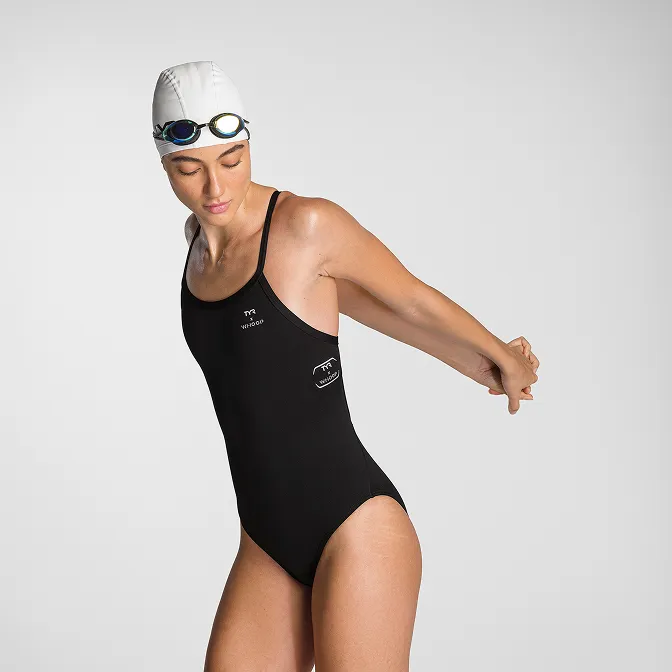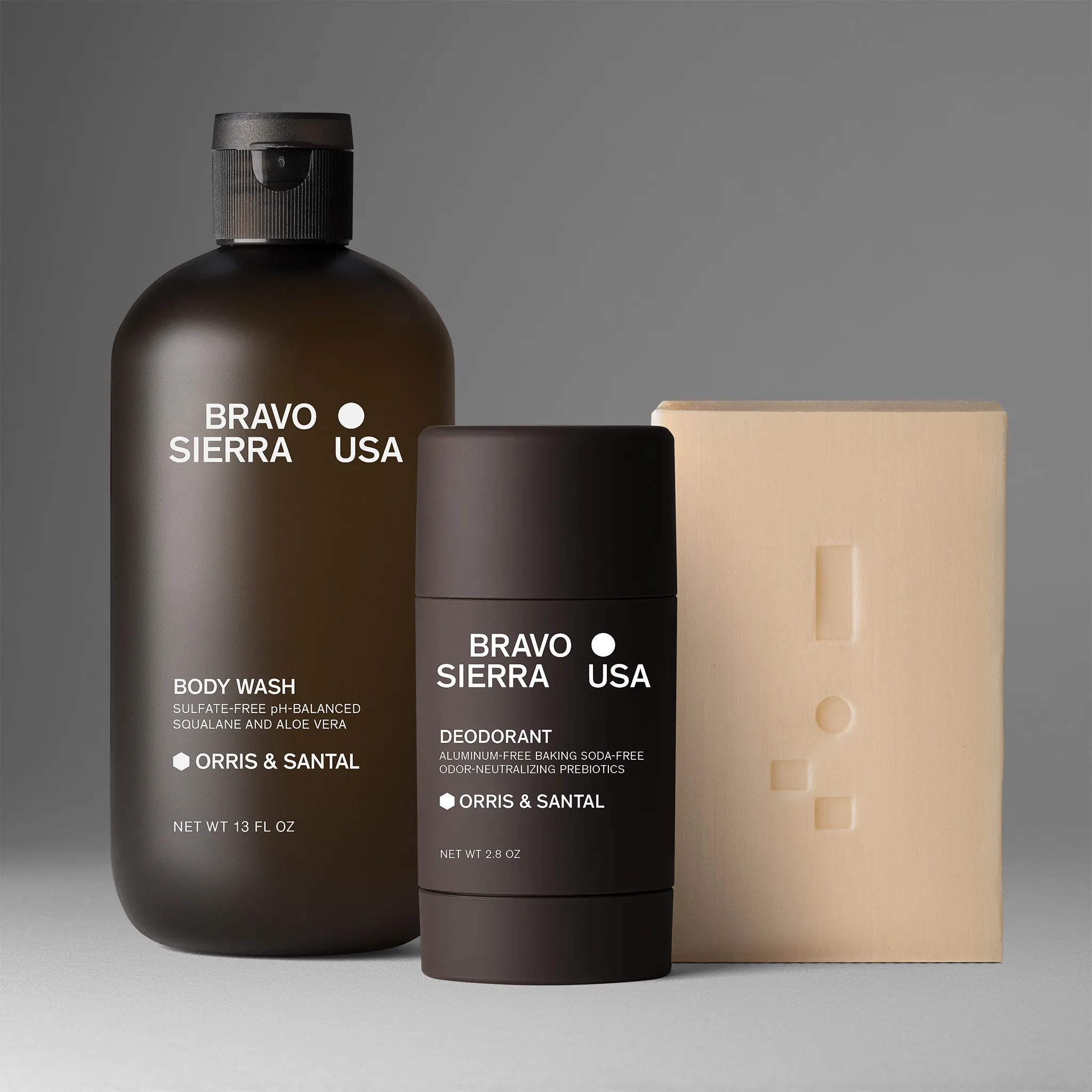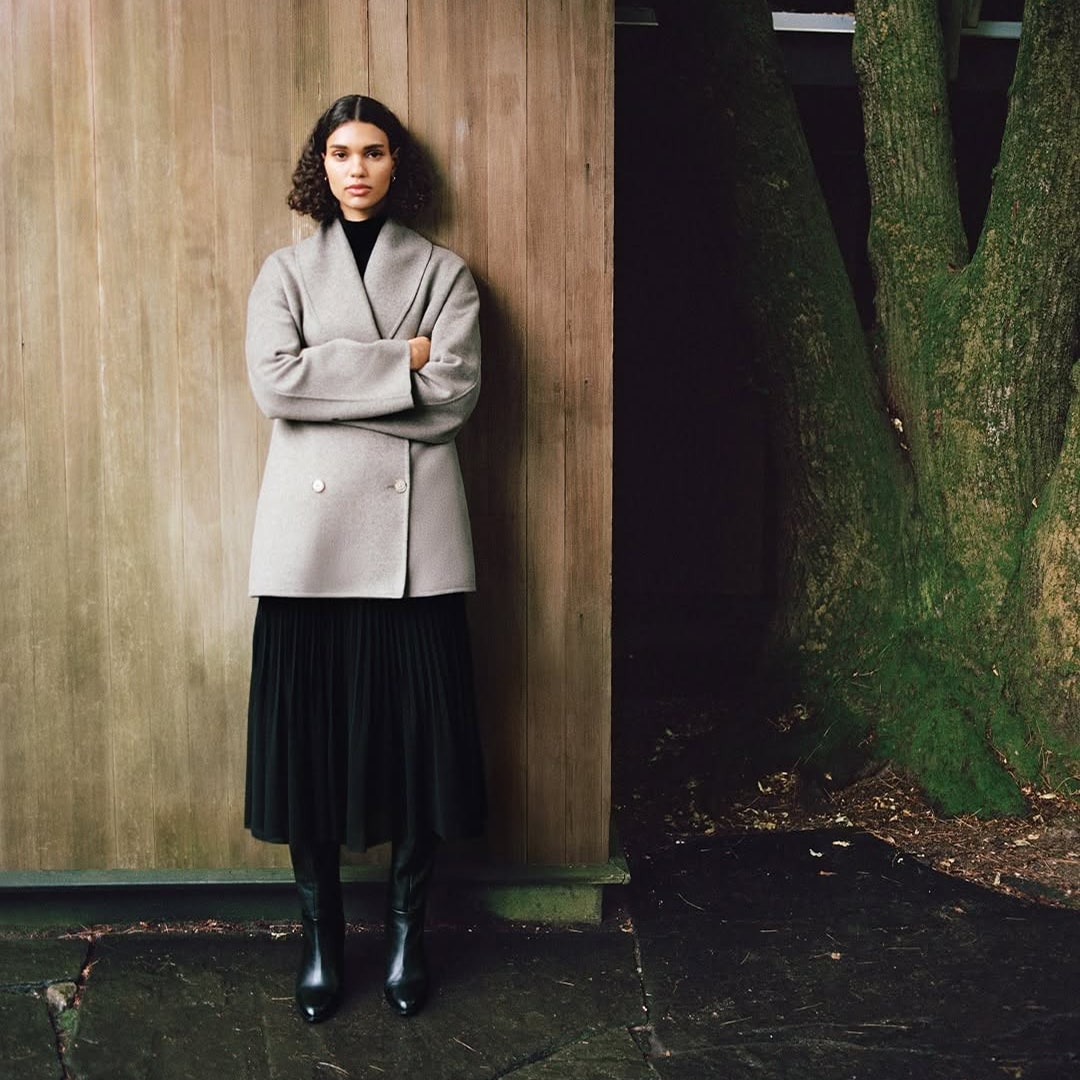In 2025, the product photography workflow is the silent powerhouse behind every successful online shopping experience. With e-commerce trends rapidly evolving, brands now rely on exceptional images to convert browsers into loyal buyers.
This essential guide will walk you through the entire product photography workflow, from meticulous planning and capturing to advanced editing, file management, and staying ahead with new technologies. You’ll discover proven steps top studios use to create consistent, high-impact visuals that drive sales.
Ready to streamline your process for maximum efficiency and brand consistency? Dive in for actionable tips, real-world examples, and everything you need to master product photography in 2025.
Understanding the Product Photography Workflow
A product photography workflow is much more than just snapping photos. It is a systematic, step-by-step process that guides visual content from concept to final delivery. Unlike ad hoc or improvised methods, a structured workflow ensures every phase, from planning to file management, is organized and repeatable. This structure is crucial for maintaining consistency, meeting brand standards, and reducing costly errors.
For example, a solo creator might streamline steps for speed, while in-house teams benefit from clear task delegation and checkpoints. No matter the setup, a defined product photography workflow is the backbone of reliable, high-quality imagery.
Defining Product Photography Workflow
The product photography workflow consists of four primary stages: pre-shoot preparation, shooting, post-production, and delivery or storage. Each stage contains specific, actionable steps. For example, pre-shoot involves creating shot lists and prepping products, while post-production covers editing and optimization.
These organized steps help teams avoid missed shots, rushed edits, or lost files. In contrast, an unstructured approach often leads to inconsistent images and wasted resources. Whether you are a solo photographer or part of a larger team, adapting the product photography workflow to your needs ensures smoother projects and helps align every image with your brand’s identity.
Core Stages of a Modern Workflow
Modern product photography workflow stages include:
- Pre-shoot: Setting goals, preparing shot lists, gathering equipment, and scouting locations.
- Shooting: Capturing images as planned, focusing on lighting and composition.
- Post-production: Editing, retouching, and optimizing images for consistency.
- Delivery and storage: Exporting, organizing, and backing up files, plus incorporating review and feedback loops.
Workflows may differ by product type. For example, jewelry shoots might require macro lenses and meticulous lighting, while apparel shoots need consistent backgrounds and ghost mannequins. Leading e-commerce brands use detailed product photography workflow systems to produce imagery for websites, ads, and social platforms, ensuring every channel gets tailored, on-brand visuals.
Why Workflow Matters in 2025
In 2025, content demands are skyrocketing as brands compete across e-commerce and social media. A streamlined product photography workflow is the secret to speed and scalability, letting brands maintain consistency and build customer trust.
According to Product Photography Statistics 2025, 67% of shoppers consider high-quality images very important in their buying decisions. Brands with efficient workflows launch products faster and gain a clear market edge. Ultimately, a robust product photography workflow is not just about efficiency; it is the foundation for creative innovation and long-term success.
Emerging Trends Influencing Workflow
New trends are reshaping the product photography workflow. AI-powered editing and asset management tools now automate background removal and retouching, saving hours of manual work. Remote collaboration platforms make it easy for teams to review and approve images from anywhere.
There is also a rising demand for 3D and AR-ready product imagery, especially as shoppers expect interactive experiences. Automation in file organization and delivery is becoming standard, letting brands handle large volumes of assets with ease. In 2025, more companies are investing in workflow automation to stay agile and adapt to new tools and technologies, keeping their product photography workflows ahead of the curve.
Pre-Shoot Preparation: Setting Up for Success
Before you ever press the shutter, the success of your product photography workflow depends on meticulous pre-shoot preparation. Each step, from planning the shot list to styling the products, lays the foundation for a seamless shoot. Let’s break down how brands and studios set themselves up for flawless results.
Creating a Detailed Shot List
A shot list is the backbone of an efficient product photography workflow. It ensures you capture every required angle, SKU, and product variation. Start by defining your goals, whether you need images for product pages, ads, or social media.
Build your shot list by:
- Listing all products and variations
- Specifying required angles and compositions
- Noting props, backgrounds, and any models needed
- Referencing brand guidelines and mood boards
This level of planning streamlines your product photography workflow, reducing the risk of missed shots and costly reshoots. For example, brands use tailored shot lists for each channel, allowing them to create content faster and with fewer errors. For more inspiration on planning and staging, check out these Essential product image display tips.
Checking and Preparing Equipment
Equipment readiness is a non-negotiable part of any product photography workflow. Before shoot day, run through a checklist to avoid last-minute surprises:
- Clean all lenses and camera sensors
- Charge batteries and pack spares
- Format memory cards
- Prepare tripods, lighting, and modifiers
- Gather props and styling tools
Test your gear, especially lights and specialty lenses for macro or lifestyle shots. Redundancy matters: always bring extra batteries and bulbs. Equipment failures are a leading cause of delays, so a prepared kit keeps your product photography workflow on track.
Location Scouting and Set Design
The correct location can elevate your product photography workflow from ordinary to outstanding. Decide whether you’ll shoot in a studio, outdoors, or on location. Assess lighting conditions, both natural and artificial, and minimize background distractions.
Use mockups or digital planning tools to visualize your set in advance. For example, adjusting your schedule to capture morning natural light can make a huge difference in mood and color accuracy. Scouting ahead means fewer surprises on set and less time spent fixing issues later, keeping your product photography workflow efficient.
Scheduling and Team Coordination
A smooth product photography workflow relies on clear roles and a detailed timeline. Assign responsibilities to each team member, including photographer, stylist, assistant, and producer.
Coordinate schedules using project management tools and communicate expectations early. For a full-day model shoot, plan wardrobe changes and makeup slots to avoid bottlenecks. When everyone is aligned, your product photography workflow runs efficiently, reducing stress and boosting morale.
Product Preparation and Styling
The final step before shooting is prepping your products and styling the set. This includes:
- Cleaning, steaming, and assembling products
- Labeling SKUs for easy tracking
- Organizing props and backdrops
- Styling according to brand guidelines
Attention to detail here is vital for your product photography workflow. For example, beauty brands will prep swatches and hand models for variety, while fashion labels ensure every garment looks flawless. Proper preparation minimizes retouching needs and guarantees your images stay on-brand.

Capturing the Perfect Image: Shooting Best Practices
Capturing flawless product photos is both an art and a science. Every step in the product photography workflow, from lighting to camera settings, shapes the final result and directly impacts sales. Let us break down the best practices top studios use in 2025 to consistently achieve stunning, brand-aligned images.
Mastering Lighting and Composition
Lighting is the backbone of every successful product photography workflow. Decide early if natural sunlight or artificial lighting fits your brand and product. Softboxes, reflectors, and diffusers help you control shadows and highlight details. Consistent exposure ensures every product looks its best.
Composition also matters. Use the rule of thirds, negative space, and leading lines to direct attention to your product. For even deeper insights, check out these studio-quality product photo tips to elevate your lighting and framing. Remember, most editing headaches stem from poor lighting, so investing time here pays off in every stage of your product photography workflow.
Camera Settings and Shooting Techniques
Getting technical settings right is essential for a seamless product photography workflow. Choose the right camera, whether DSLR or mirrorless, and pair it with suitable lenses for your product type. Key settings such as ISO, aperture, and shutter speed must be set to match the lighting and the desired depth of field.
Shoot in RAW format to preserve maximum detail for editing. Bracketing exposures is a smart move for complex textures or shiny surfaces. Macro lenses reveal fine details in jewelry or electronics. Mastery of these techniques ensures every product shot is sharp and true to life, keeping your product photography workflow efficient and professional.
Consistency Across Product Lines
Consistency is the secret weapon in any product photography workflow. Use tripods and floor markers to repeat angles across sessions. Standardize backgrounds, lighting setups, and props so every image fits your brand’s visual language.
Templates for similar product categories save time and ensure uniformity. Apparel brands, for instance, rely on ghost mannequins for a clean, consistent look. Consistent imagery builds shopper trust and makes post-production much smoother. When your product photography workflow is consistent, customers recognize your brand instantly across every channel.
Styling and On-Set Adjustments
Styling is where your product comes to life within the product photography workflow. Arrange products for maximum appeal, always checking for fingerprints, dust, or packaging flaws before shooting. Real-time reviews using tethered shooting let you spot issues instantly on a larger screen.
Quickly adjust props, angles, or lighting as needed. Food photographers often use tricks like glycerin for a fresh look. This on-set agility reduces the burden on editing teams later. The more details you perfect on set, the smoother the rest of your product photography workflow becomes.
Capturing for Multi-Channel Use
Modern brands need product images for websites, social media, ads, and print, so plan your product photography workflow for versatility. Capture wide, medium, and close-up shots to cover all platforms. Remember to shoot for different crop ratios — square for Instagram, portrait for stories, landscape for banners.
Lifestyle shots add context, while catalog shots keep things simple. By planning for all uses during the same session, you maximize ROI and avoid costly reshoots. This approach ensures your product photography workflow delivers assets ready for every sales channel.
Post-Production: Editing, Retouching, and Optimization
Post-production is where your product photography workflow comes to life. This stage transforms raw images into polished, high-converting assets ready for e-commerce, print, and marketing. A streamlined process here means faster delivery, fewer errors, and visuals that truly represent your brand.
Organizing and Selecting the Best Shots
The first step in post-production is organizing your images for an efficient product photography workflow. Import all files into editing software like Lightroom or Capture One. Use a logical folder structure: organize by product, date, or campaign for easy access.
Start culling by flagging the sharpest, most on-brand shots. Tag and rate images to streamline team feedback sessions. Batch reviewing with your team can save hours, especially when dealing with hundreds of SKUs.
- Import images into your chosen software.
- Use color labels or star ratings for quick sorting.
- Create select folders for shortlisted images.
A well-organized selection process streamlines the entire product photography workflow and ensures you only edit the best assets.
Color Correction and Exposure Adjustments
Color accuracy is crucial for customer trust and satisfaction. Begin by balancing white, highlights, and shadows to achieve true-to-life color across your product range. Correct any color casts caused by lighting or background reflections.
Adjust exposure to ensure consistency, especially when products are displayed side by side online. Many brands use reference images or color cards to maintain accurate skin tones or material colors.
- Use white balance tools to neutralize color shifts.
- Adjust highlights and shadows for even exposure.
- Sync settings across similar shots for efficiency.
An accurate product photography workflow at this stage reduces customer returns and supports a consistent brand experience.
Retouching and Background Removal
Retouching polishes your images, removes distractions, and elevates perceived product value. Start by eliminating dust, scratches, and imperfections. Use clipping paths or AI-powered tools for background removal, resulting in clean catalog images.
Advanced retouching may include skin smoothing for models, focus stacking for jewelry, or creative edits for social campaigns. For an in-depth look at best practices and techniques, check out the Complete guide to product photo retouching.
- Remove blemishes and distractions.
- Apply advanced retouching for hero shots.
- Ensure backgrounds are pure white or on-brand.
This meticulous approach is a hallmark of a professional product photography workflow.
Optimizing for Web and Print
Optimizing images ensures fast loading, crisp detail, and compatibility across platforms. Resize and compress files for web, using formats like JPEG, PNG, or WebP. For print, export at higher resolutions and in CMYK color profiles if needed.
Meet platform-specific requirements by creating multiple exports. Batch processing tools can save time, especially when handling large volumes.
A robust product photography workflow includes optimization steps to boost SEO and conversion rates.
Quality Control and Final Review
Quality control is the final checkpoint in your product photography workflow. Review all images for consistency in lighting, color, and branding. Look for technical issues like focus, exposure, or color mismatches.
Use checklists to validate that every deliverable meets client or stakeholder expectations. Secure approvals before delivery to avoid costly post-launch fixes.
- Review for consistent branding.
- Double-check technical quality.
- Gather sign-off from all stakeholders.
A thorough final review keeps your product photography workflow efficient and your brand reputation strong.
File Management, Delivery, and Asset Organization
Efficient file management is the backbone of any successful product photography workflow. Without a clear system, even the best images can get lost in a sea of folders and emails. Let’s explore how top brands organize, deliver, and future-proof their visual assets for ongoing e-commerce growth.
Organizing Digital Files Efficiently
A well-structured product photography workflow always starts with smart digital organization. Create folders by product name, shoot date, and intended channel, so you can locate any image in seconds. Use consistent naming conventions and add metadata to each file for easy searching.
Cloud storage is essential for quick backup and remote access. Many studios now rely on automated file management tools that sort and tag images as they’re imported. For example, AI-powered solutions can instantly sort files by SKU or product type, saving hours of manual labor.
Organized digital assets make future campaigns much easier and prevent endless hunting through hard drives.
Delivering Assets to Stakeholders
Smooth delivery is a critical step in your product photography workflow. Once images are edited and approved, export them in all necessary formats and sizes for each platform. Use cloud platforms or digital asset management (DAM) systems to share files securely with clients, marketing teams, or web developers.
Some agencies streamline this process with branded client portals, making it easy for stakeholders to grab what they need. Providing access to raw files also means future edits are hassle-free.
Want to see how leading brands optimize this step? Check out these Proven ecommerce image management strategies to keep your workflow smooth and your clients happy.
Delayed delivery can derail product launches and frustrate teams. Fast, organized delivery keeps everyone on schedule and builds trust.
Archiving and Backing Up Projects
Long-term success in product photography workflow depends on strong archiving and backup habits. Set up regular backup routines — both locally and in the cloud — to safeguard every shoot. When projects wrap, archive completed files in clearly labeled folders or a DAM system.
Manage permissions so only authorized team members can access sensitive assets. This not only protects your work but also makes it easy to retrieve past projects for seasonal campaigns or re-edits.
Imagine an e-commerce team storing assets for years, ready to repurpose visuals at a moment’s notice. Proper archiving means you never lose valuable content.
Workflow Automation and Asset Tracking
Modern product photography workflow thrives on automation. Integrate DAM platforms or project management tools to handle routine tasks like tagging, resizing, and archiving. AI can detect duplicates, manage version control, and even alert you to missing assets.
Brands managing hundreds or thousands of SKUs benefit most from automation. Automated tracking not only reduces human error but also frees up creative teams to focus on high-value work.
With the right systems, your product photography workflow becomes faster, more reliable, and ready for the future.
Adapting Your Workflow for New Technologies and Project Types
Staying ahead in product photography workflow means constantly embracing new tools and project types. The pace of change is rapid, and your approach needs to be flexible without losing consistency. Let us look at the key ways you can adapt and future-proof your process.
Integrating AI and Automation Tools
AI is now a driving force in the product photography workflow. Tools powered by artificial intelligence handle everything from background removal to retouching and upscaling, saving hours of manual work. Automation also streamlines culling, tagging, and sorting, letting you focus on creative decisions.
For example, many studios use AI platforms to relight images or restore details, ensuring consistent results. However, while AI boosts speed and accuracy, human oversight is still essential for brand alignment and quality control. According to market research, AI in product photography is set for massive growth by 2035, making it an investment worth considering for future-ready teams.
Customizing Workflow for Different Product Categories
A one-size-fits-all approach can hinder your product photography workflow. Different products require tailored setups and processes. Apparel shoots may require ghost mannequins and standardized lighting, while jewelry shoots benefit from macro lenses and controlled reflections.
Consider creating specialized shot lists, equipment checklists, and editing presets for each category. This ensures your images highlight the unique features of every product type. Apparel, beauty, and home goods all have distinct needs, so adjusting your workflow for each maximizes efficiency and quality. Tailored workflows consistently deliver better results for both large and small teams.
Managing Remote and Hybrid Teams
Remote and hybrid work models are now a reality for many creative teams. Collaboration platforms make it easy to share files, gather feedback, and approve images in real time, regardless of team location. Cloud-based editing and asset management tools keep everyone connected and productive.
For global brands, managing a distributed team means that clear communication and defined roles are more important than ever. Project management software helps track progress and deadlines. By adapting your product photography workflow for remote environments, you gain flexibility while maintaining alignment and accountability.
Preparing for Future Trends: 3D, AR, and Video
The future of product photography workflow is visual and interactive. Brands are now capturing assets for 3D modeling, AR experiences, and video alongside traditional stills. This shift means planning for 360° spins, interactive product views, and motion content during every shoot.
Investing in these new formats gives your brand a competitive edge and meets evolving consumer expectations. As 3D visualization in e-commerce becomes the new standard, integrating these capabilities into your workflow is crucial. Early adoption supports omnichannel marketing and keeps your content strategy future-proof.
Now that you’ve got the inside scoop on building a seamless product photography workflow for 2025, why not put it into action for your own brand? Whether you’re launching a new collection or looking to refresh your visuals, having a professional team in your corner makes all the difference. We’re here to help you turn those ideas into scroll-stopping images that boost your brand and drive sales.

Product A
SQUARE SHOT





























